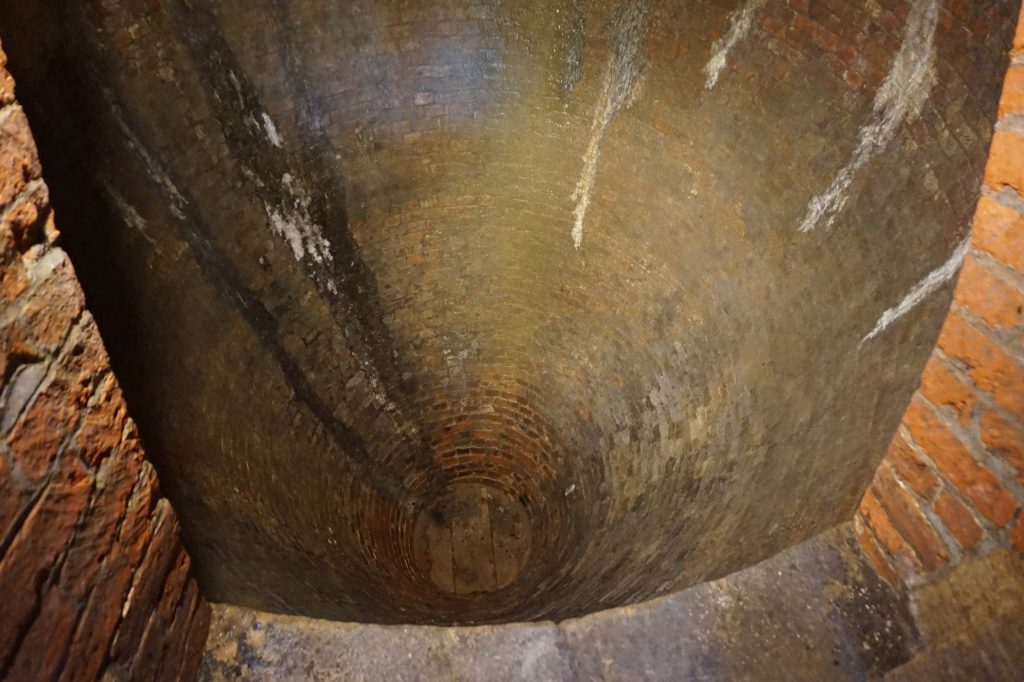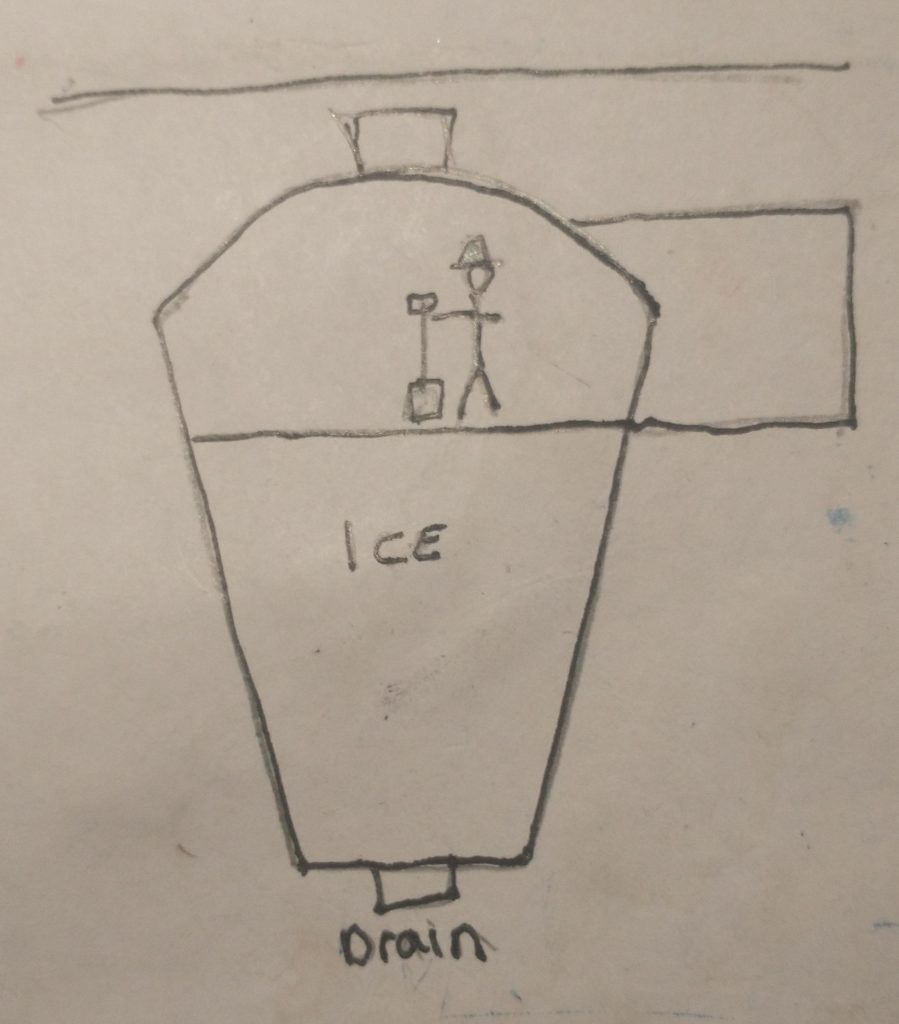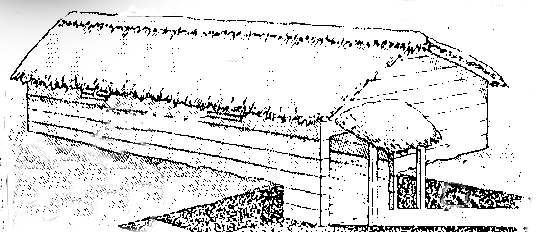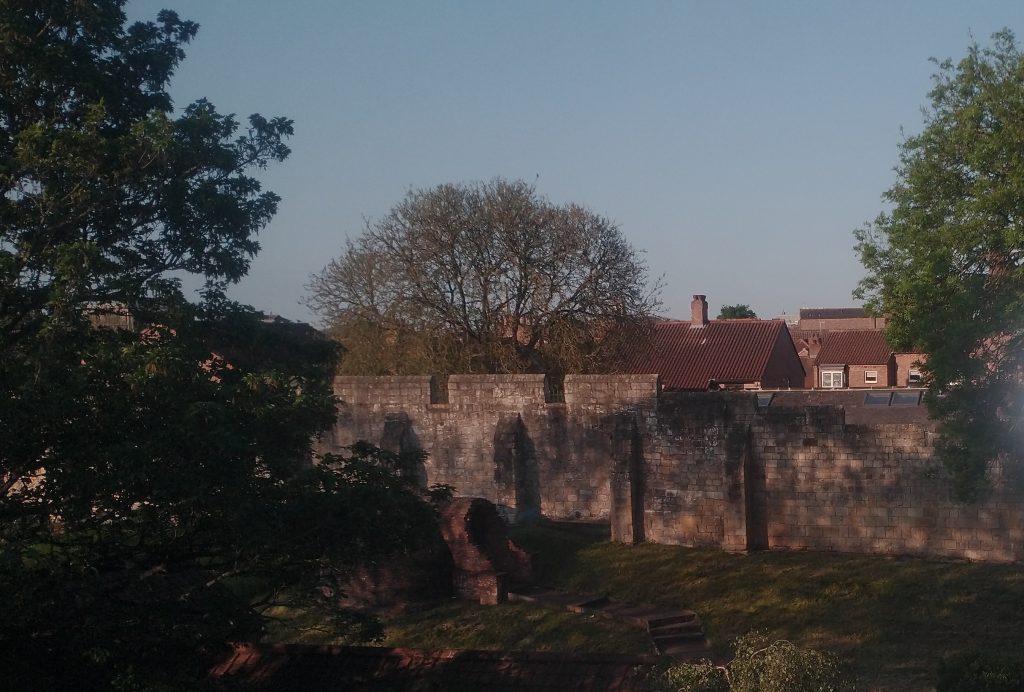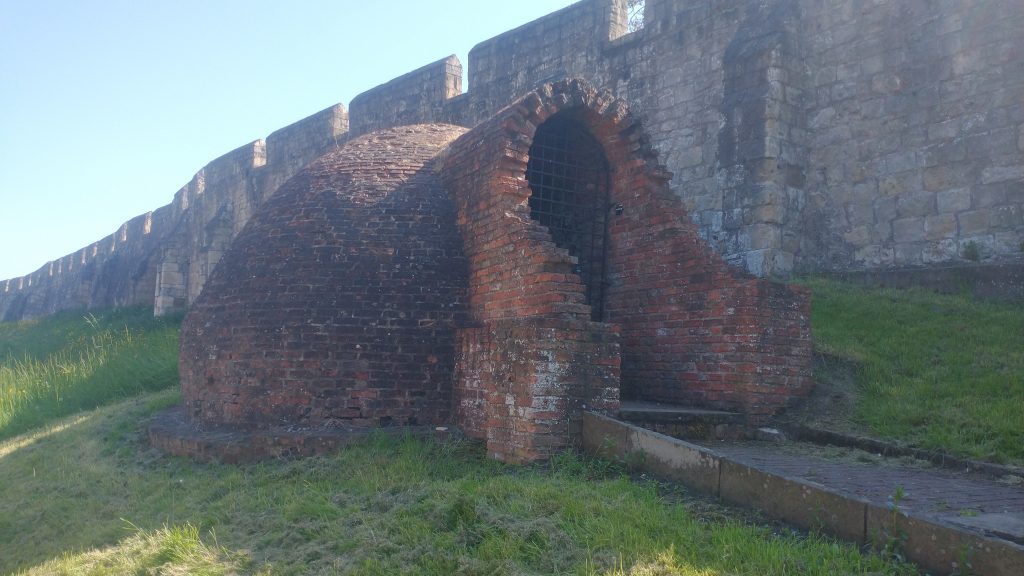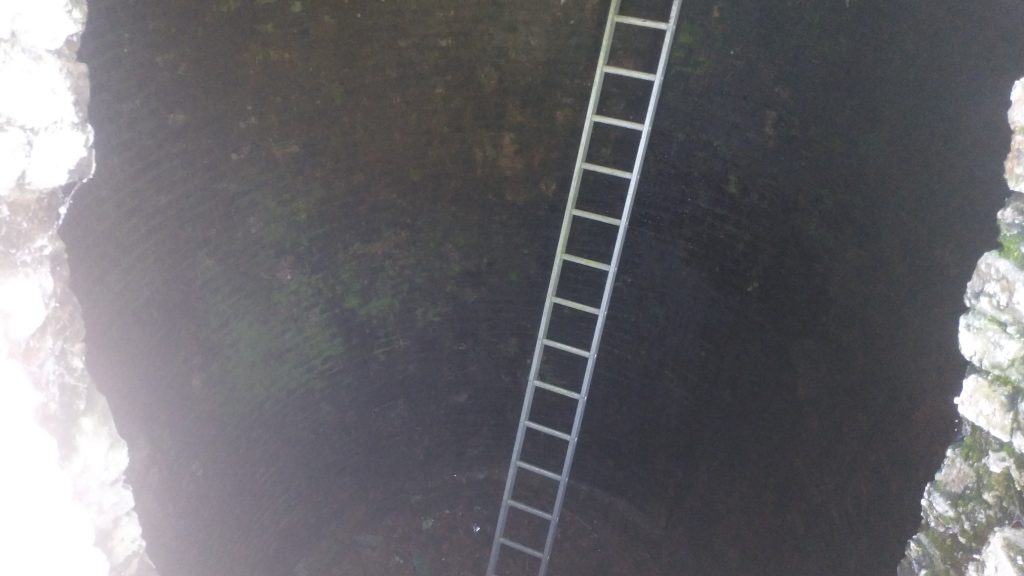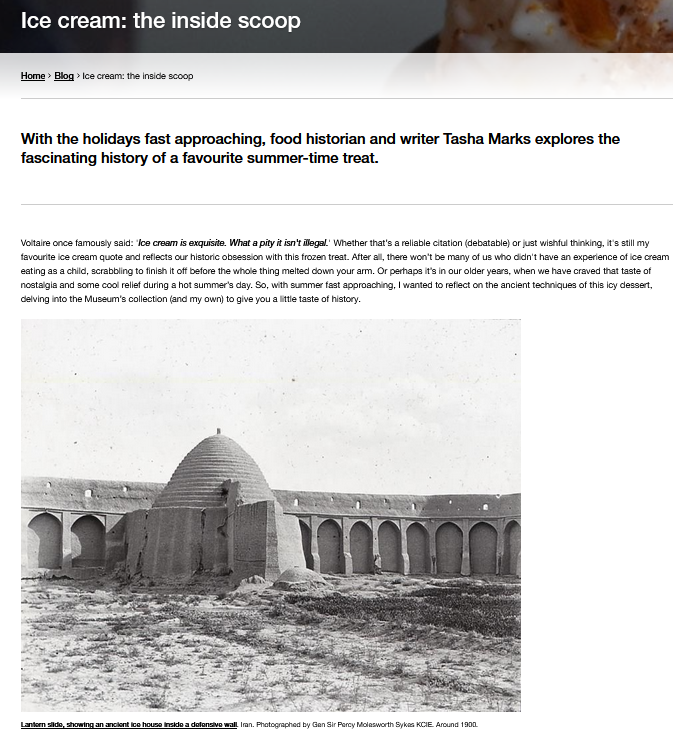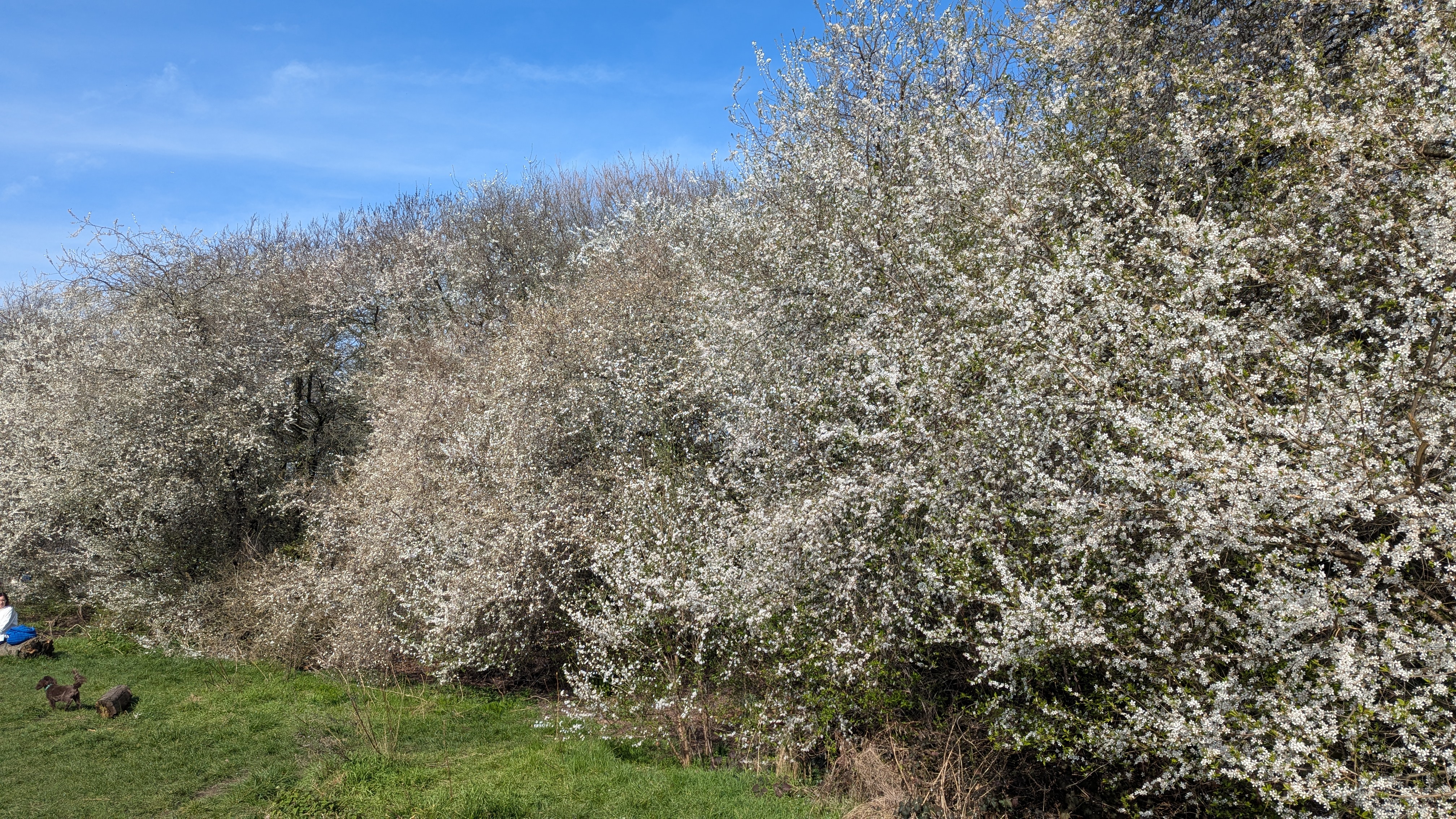
Last year on March 19th, I declared it was Peak Blossom! This year, it doesn’t seem to be quite that time yet, which is normally in April. However, walking around my local Park Haggerston Park today, I am revising my opinion a little. Haggerston is whitewashed with amazing blossom. I thought it was Blackthorn, until I read that Blackthorn was the tree from which Sloes are grown.
My ‘Flora Incognita’ tells me that it is Cherry Plum, Prunus cerasifera. This makes sense as in the summer, there were people collecting the small plums that were growing on the trees. The pink variety of cherry are not yet at peak blossom. I will post about peak blossom, later today.
I am using this occasion to write about my local park which I have been saving up for a ‘vacant day’. (see my post of Ovid and Vacant days)
Haggerston Park & Park Henges
Haggerston Park was built on the site of derelict houses, a tile manufacturer and a Gas Works in the post war years. The Gas works was situated by the Regent’s Canal with its own basin for loading supplies. In the 80s the Park was expanded to take in some areas which were residential streets. All that really remains of the Gas works are the perimeter walls, and the outline of the canal basin.
The park is a well-loved local facility with green lawns, trees and flowers. It also has a great new playground for kids; astroturf football pitches; tennis courts, toilets, cafe, City farm, and a wild wooded area. This is dominated by the Cherry Plum, trees and is a haven for squirrels. Rats loved it too, but I haven’t seen one for 18 months or so.
The Gardeners obviously like the hengiform design because the Park has a lot of henges, and circuses. I have named most of them.
Snowdrop Henge
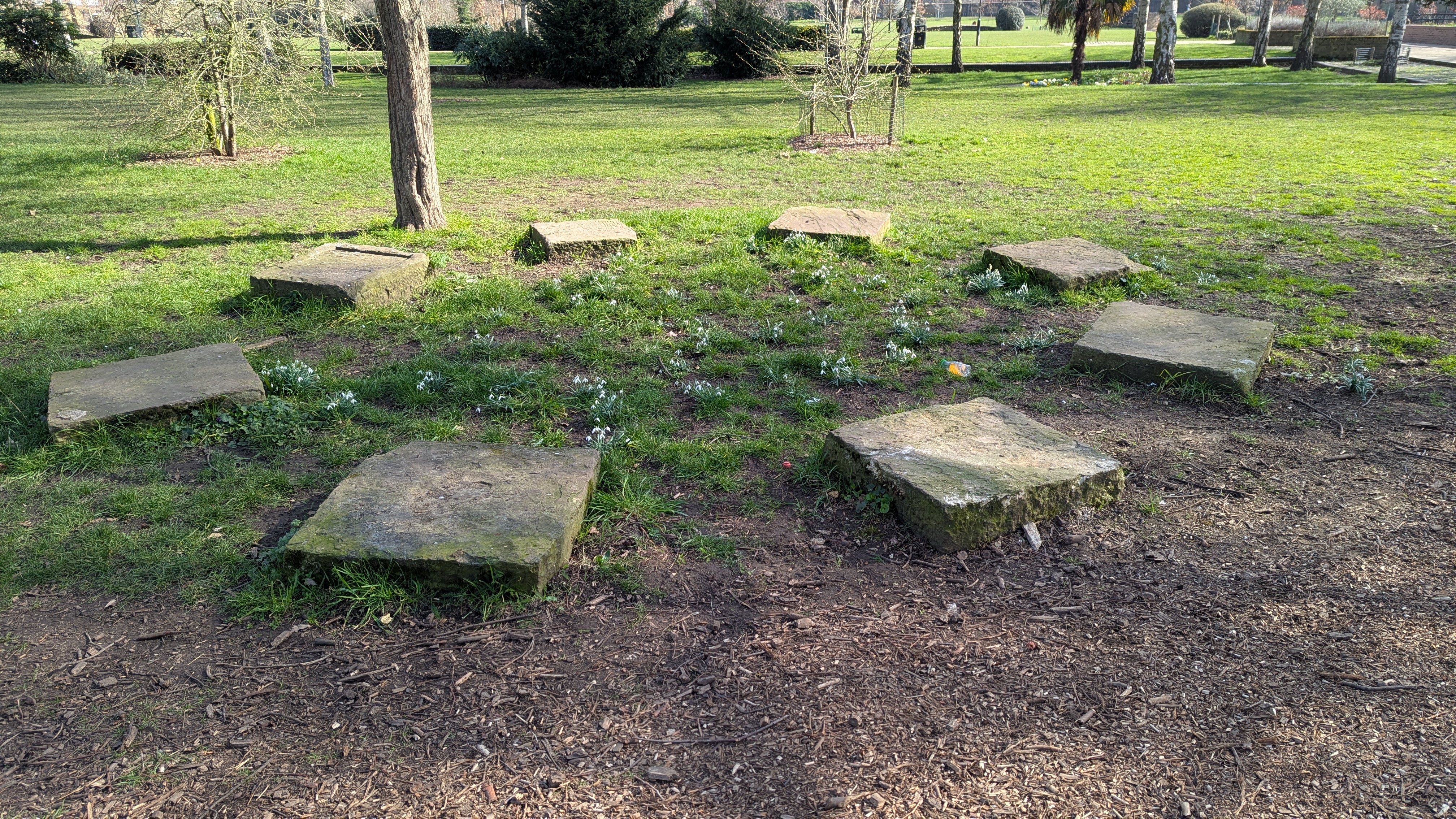
Silver Birch Circle
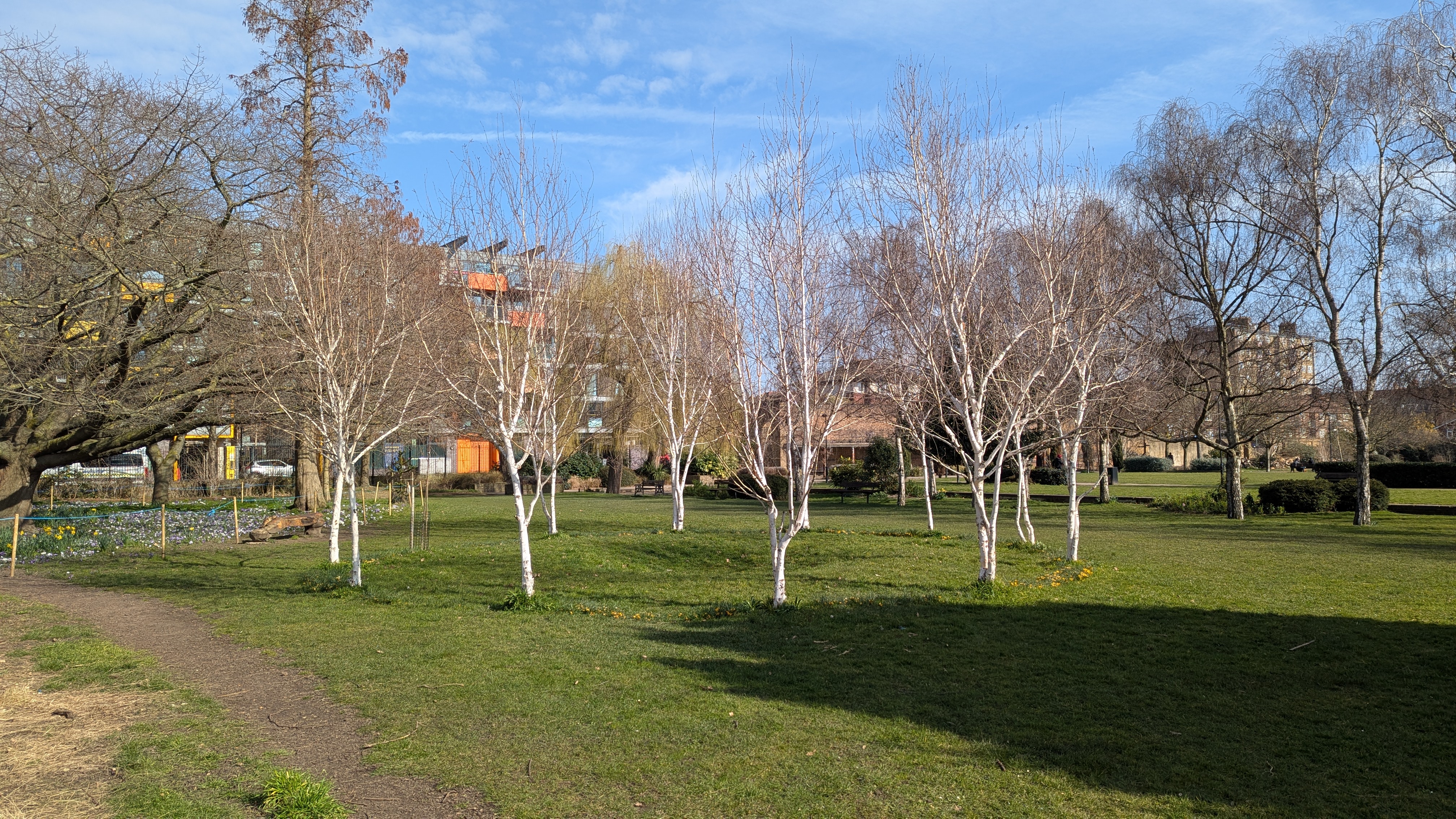
The beautiful croci are not so clear in this picture, but they are really lovely! (See my post on Croci here). Last year I got a better photo of the croci.
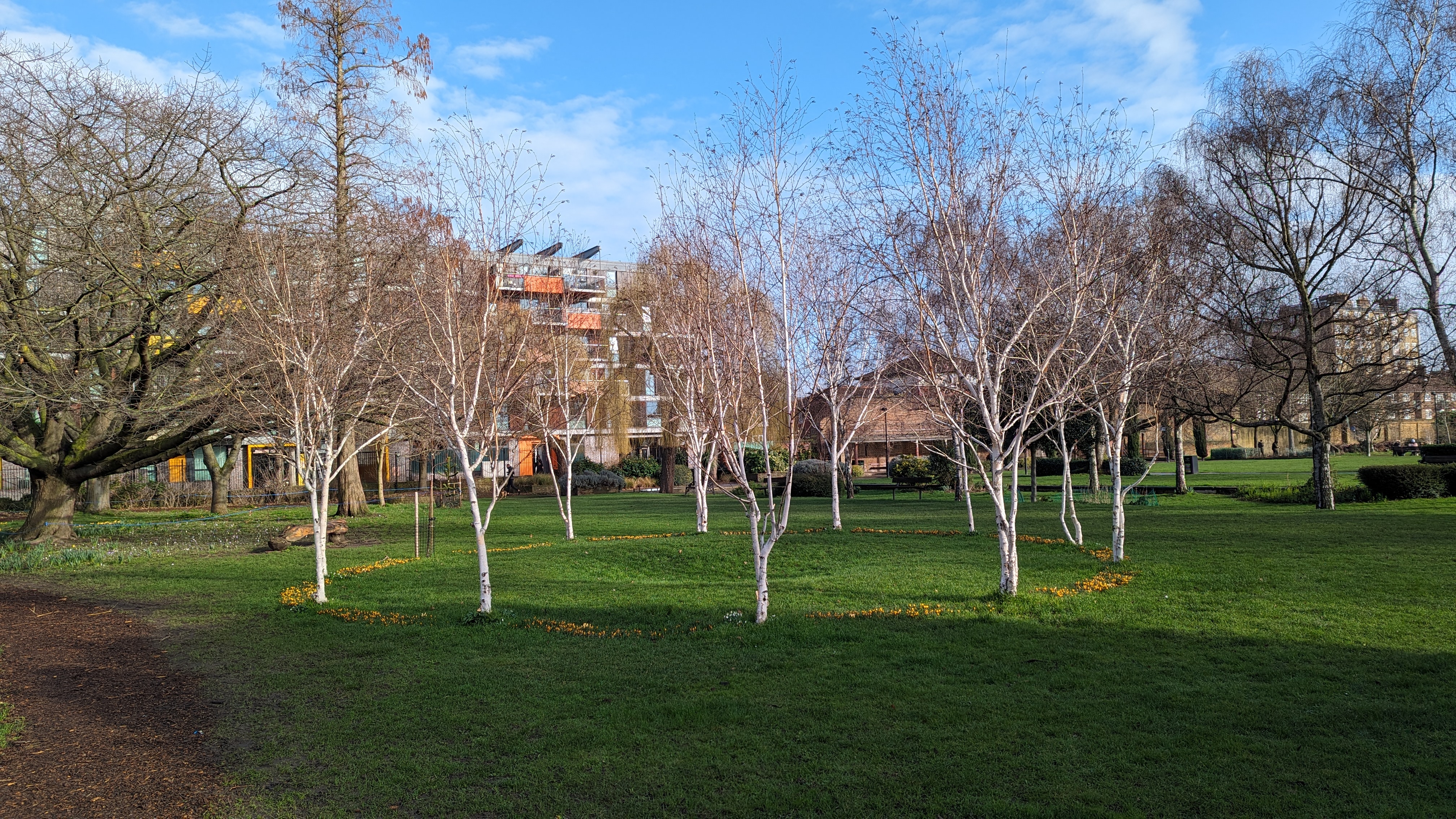
Oak Tree Cluster
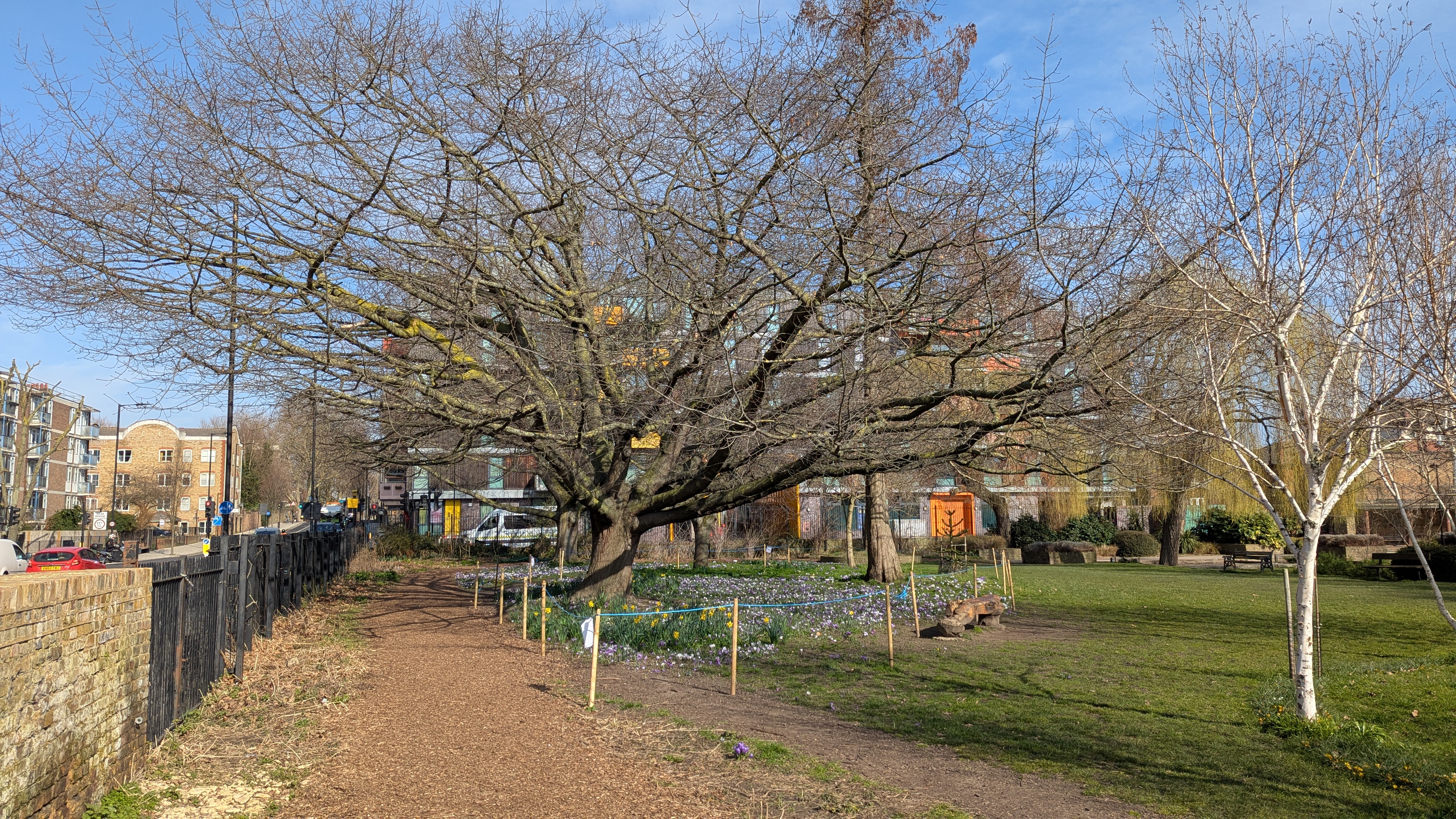
This wonderful Oak tree is surrounded by daffodils and croci.
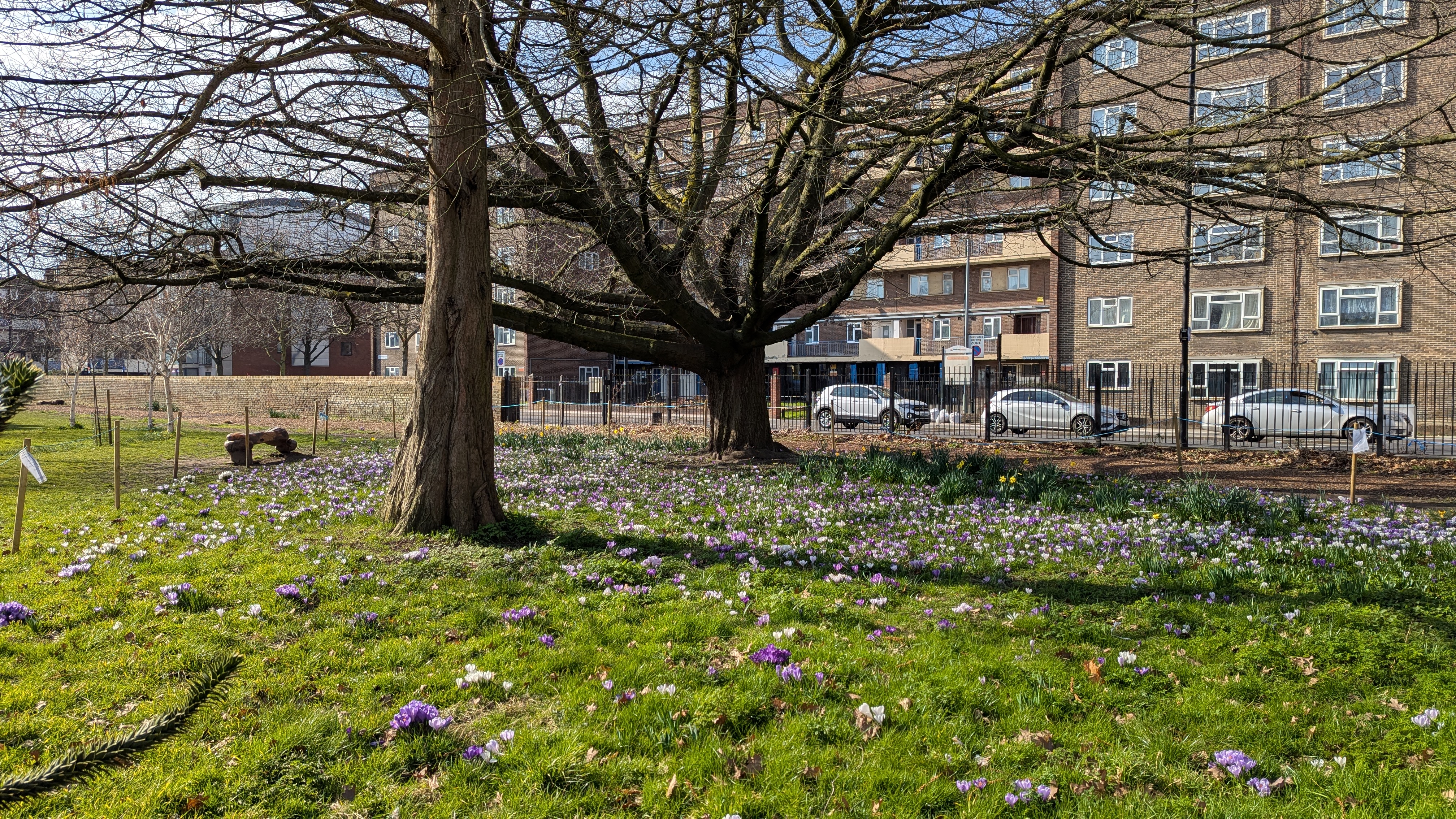
Primula Patch
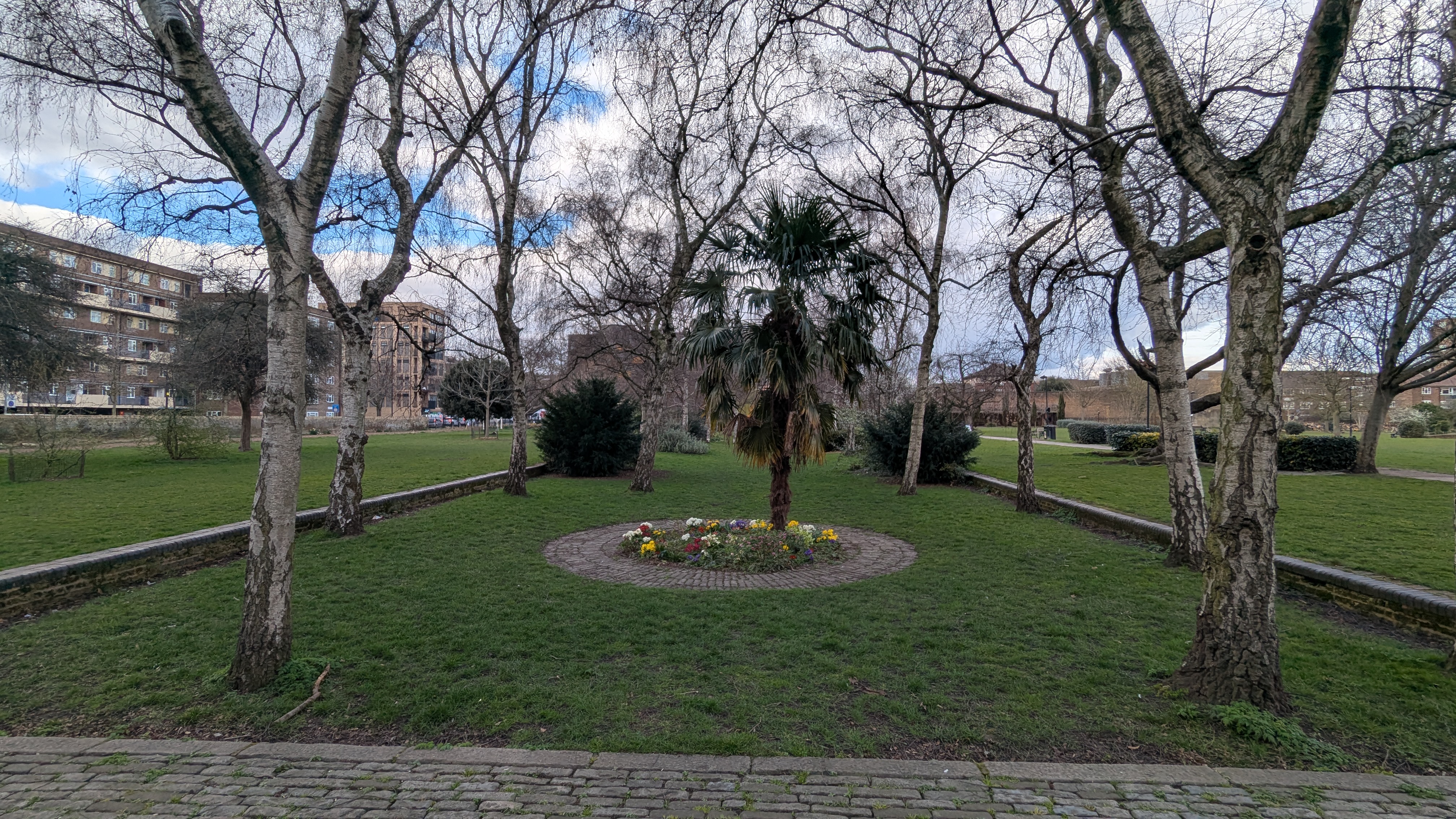
The circle is in the middle of the Basin that connected the Gas Works to the Regent’s Canal. I do hope they are primulas. There is also a lovely circle of Roses.
Gas Works
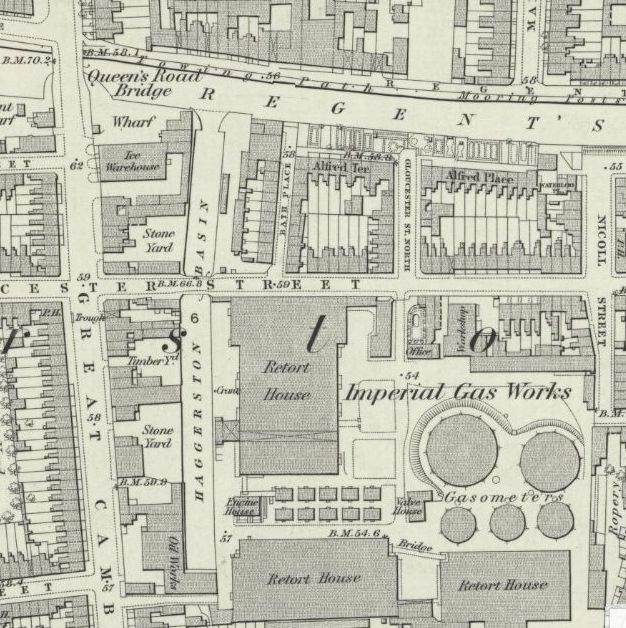
The Park covers the area of the Imperial Gas Works shown above. The photos above of the circles of flowers and trees are mostly in the area of the old Retort House (top left of the Gas works). You might also notice the Ice House, near the top left. (for my post on Ice House please look here).
An earlier map shows the basin leading to the Gas Works from the Canal:
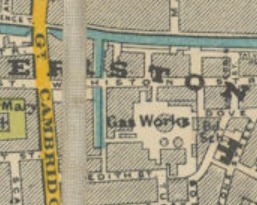
Heron in the Pond, Ancient Wisteria
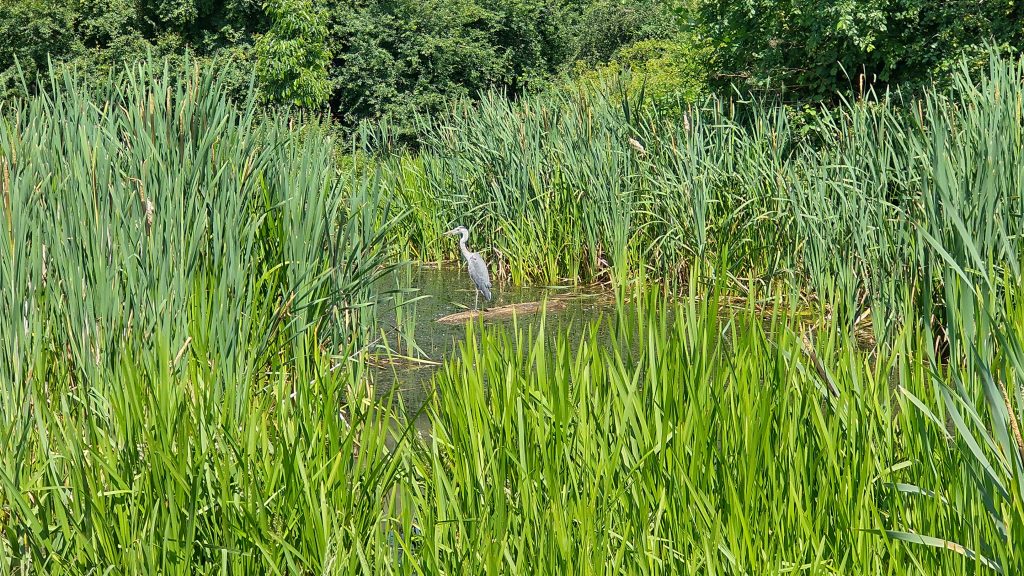
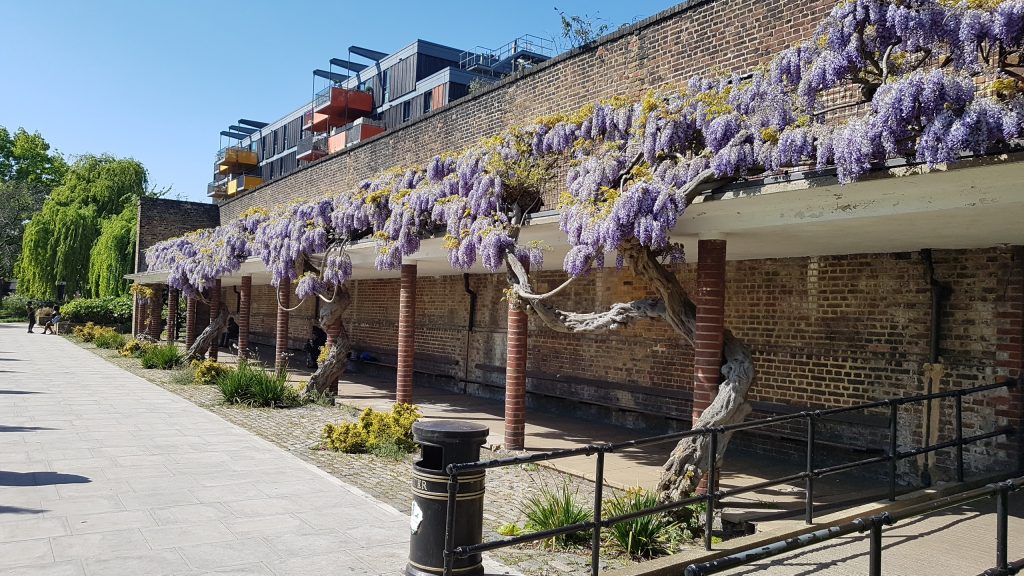
Looking at the maps, it makes it obvious how important the canal was for London’s 19th Century Industry. The whole strip of land on either side was full of factories, warehouses, and basins.
First written on 19th March 2025


